In the Part 3: OAuth 2.0 Client Credentials Flow, we learned how to acquire access_token using Client Credentials Flow. In this article, we will explore how to use Authorization Code Flow with PKCE.

Java, Spring Boot, Microservices, Cloud and DevOps Tutorials

In the Part 3: OAuth 2.0 Client Credentials Flow, we learned how to acquire access_token using Client Credentials Flow. In this article, we will explore how to use Authorization Code Flow with PKCE.

In the Part 2: OAuth 2.0 Authorization Code Flow, we learned how to authenticate a user using Authorization Code Flow.
In this article, we will explore how to use Client Credentials Flow that is typically used for Service-to-Service communication without any user (Resource Owner) context.

In the Part 1: Getting familiar with OAuth 2 concepts, we learned how to set up Keycloak, created a realm, a client with Standard flow enabled and a user. In this Part 2, you will learn how to authenticate a user using Authorization Code Flow.
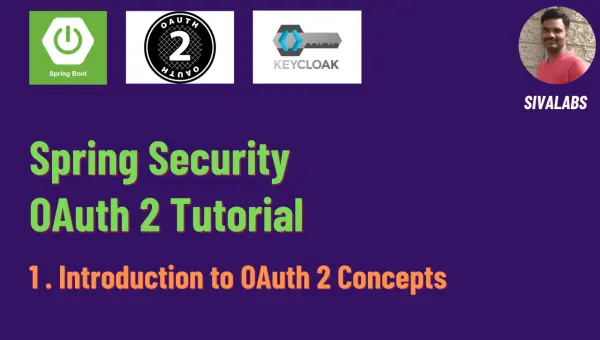
Security is a complex topic to understand in-depth. In addition to that, implementing security for complex microservices based systems using OAuth 2.0 and OpenID Connect specs is even harder. Frameworks and libraries, like Spring Security, help to reduce the complexity, but still there is a steep learning curve to understand how to properly implement security.
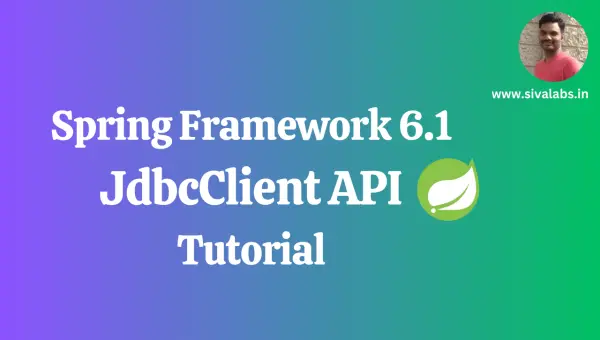
Spring framework 6.1 introduced a new JdbcClient API, which is a wrapper on top of JdbcTemplate, for performing database operations using a fluent API.
Spring Boot 3.2 includes Spring framework 6.1, so let’s take a quick look at how we can use JdbcClient to implement various database operations in a simplified manner.
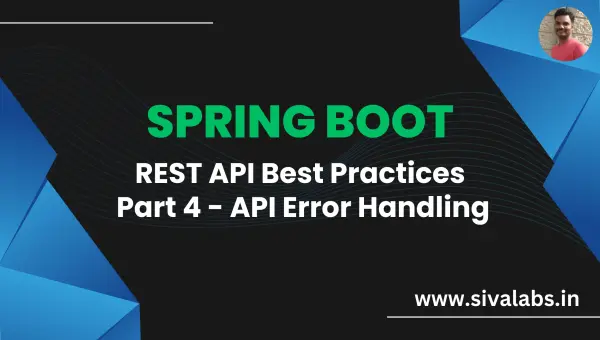
In this Spring Boot REST API Best Practices series, we have learned how to implement CRUD operations so far. In this Part-4, we will explore how to implement exception handling for our APIs.
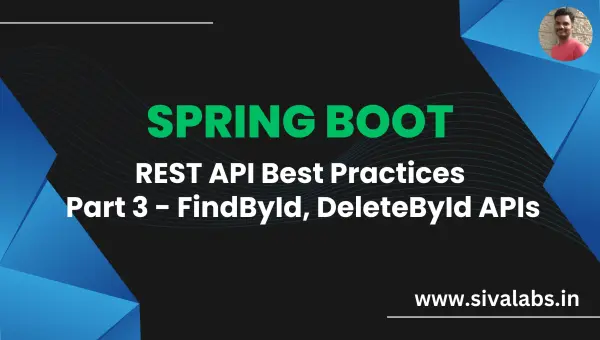
In this Spring Boot REST API Best Practices - Part-3, we will see how to implement FindById and DeleteById API endpoints.
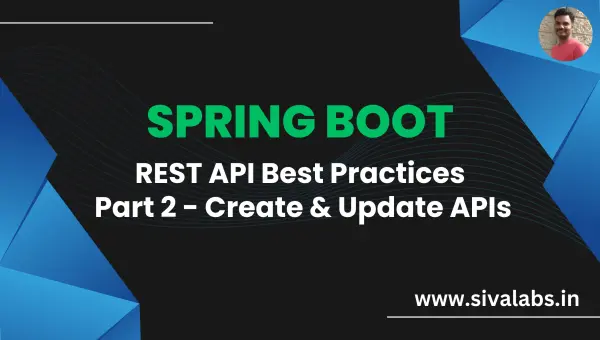
In this Spring Boot REST API Best Practices - Part-2, I will explain some of the best practices we should follow while implementing Create and Update API endpoints.
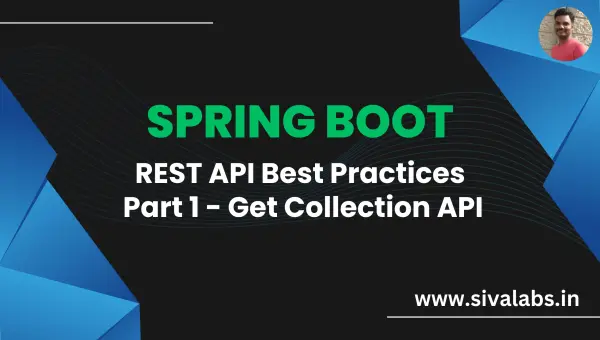
In this Spring Boot REST API Best Practices Series, I will explain some of the best practices we should follow while implementing REST APIs. Also, I will explain some of the common mistakes developers do and how to avoid them.
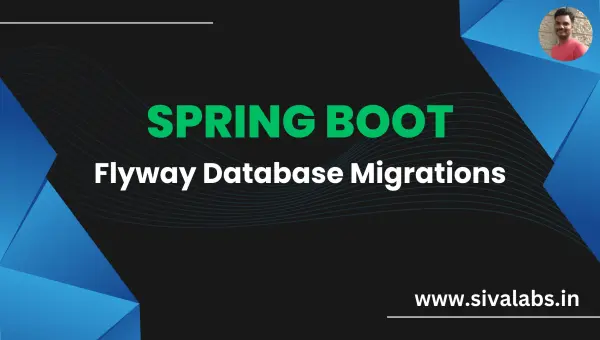
In the previous Spring Boot JdbcTemplate Tutorial we have seen how to initialize database using schema.sql and data.sql scripts. This may be useful for demos and quick prototypes, but for real world applications we should use a database migration tool.